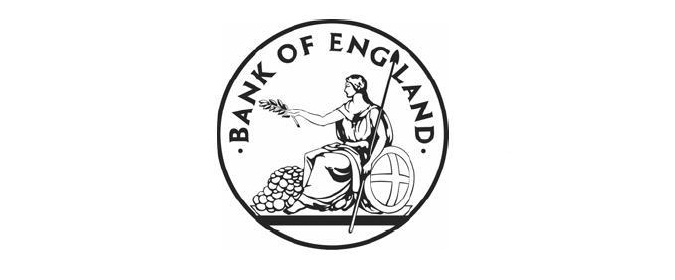Finance
Bank of England and HM Treasury Funding for Lending Scheme – 2015 Q4 Usage and Lending Data

The Bank has published data on the use of the Funding for Lending Scheme (FLS) showing, for each group participating in the FLS Extension, the net quarterly flow of lending to UK small and medium-sized enterprises (SMEs) and non-bank credit providers (NBCPs), and the amount borrowed from the Bank in the fourth quarter of 2015.
The Bank has published data on the use of the Funding for Lending Scheme (FLS) showing, for each group participating in the FLS Extension, the net quarterly flow of lending to UK small and medium-sized enterprises (SMEs) and non-bank credit providers (NBCPs), and the amount borrowed from the Bank in the fourth quarter of 2015.1
One additional participant has joined the Scheme since the previous data publication, taking the number of groups participating in the FLS Extension to 37. Of these, ten participants made total drawdowns of £6.6bn during the fourth quarter of 2015. Participants also repaid £0.7bn, taking total outstanding drawings to £69.5bn.
Net lending by FLS Extension participants to SMEs was £0.6bn in the fourth quarter of 2015. This compares with quarterly net lending to SMEs in 2015 Q3 by FLS participants of £0.8bn, while the quarterly average for 2014 was −£0.4bn (Chart 1).2 Since the start of 2015, net lending to SMEs and NBCPs has generated further borrowing allowances of £18.6bn overall, spread across 17 participants.
Aggregate net lending to SMEs (i.e. including lending by banks and building societies not participating in the FLS) was also positive in 2015 Q4. The annual growth rate in the stock of lending to SMEs remained positive and continued to rise gradually, as it has done over the past few years (Chart 2).
Consistent with the recent rise in lending growth, credit availability for SMEs improved over 2015. For example, according to the Federation of Small Businesses’ Voice of Small Business Index, credit availability and affordability improved during 2015. In addition, the Credit Conditions Survey’s balances show an improvement in availability of credit to small businesses over the course of 2015. However, smaller SMEs appear to have experienced a more gradual improvement in credit conditions than larger companies as noted in the 2015 Q4 Credit Conditions Review.
On 30 November 2015, the Bank of England and HM Treasury announced a two-year extension to the FLS, to provide participants with additional flexibility to draw unused drawing allowances earned for positive net lending over the past three years.3 Existing participants will not generate additional allowances from lending beyond the end of 2015, and so today’s publication of 2015 Q4 lending data will be the final release of lending data for these participants.4 The gradual phasing out of the Scheme, with borrowing allowances reducing over the next two years, will ensure that the temporary support provided is continued so as not to risk hindering the recovery in SME credit conditions.
The FLS announced in 2012 was designed to boost bank and building societies’ lending to the UK real economy. The FLS Extension announced in 2014 changed the terms of the FLS to focus the incentives of the Scheme towards lending to SMEs. This reduction in scope ensures that the FLS provides support where it is needed most as the economic recovery takes hold. As such, improvements in credit conditions over the past few years in part reflect developments in bank funding spreads. Measures of wholesale funding costs have increased somewhat recently, although they remain much lower than at the time of the launch of the FLS in 2012 (Chart 3).
- FLS Extension usage and lending data
- Note that some lenders that participated in the FLS Extension in 2014 opted not to participate in 2015. For the participants continuing into 2015, average quarterly net lending to SMEs in 2014 was £0.0bn.
- The press release can be found here.
- A separate part of the Scheme will allow new banks to generate and draw against new allowances over the two-year extension to ensure that they are not put at a disadvantage by a lack of a prior lending history. Data on the net lending to households and businesses that will generate borrowing allowances for any new banks entering the Scheme will be published. More details can be foundhere.




















































